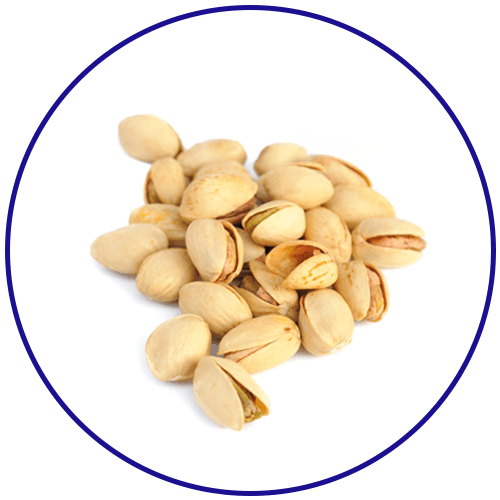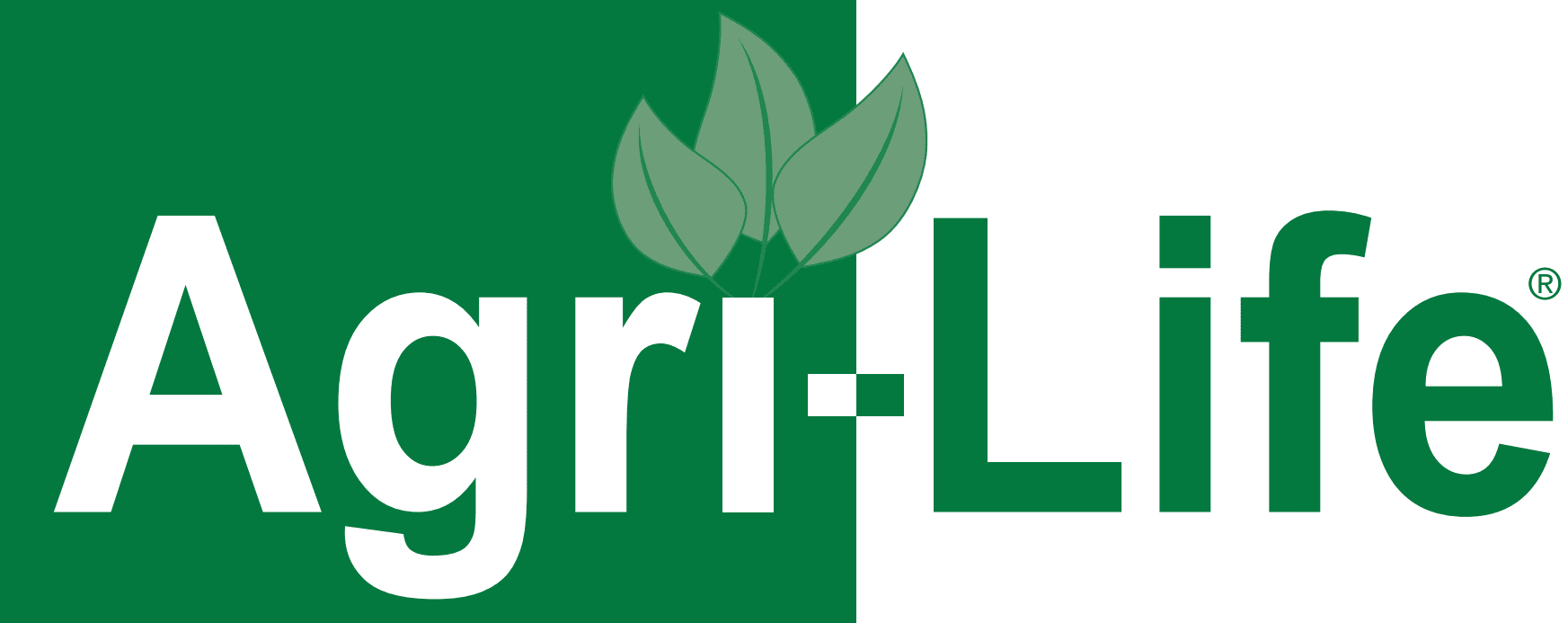Tree Crops




| Crop and Maximum Annual Rate of Product in gal. per acre. (lbs. Metallic Copper) | Disease | Rate/A fl. oz. (lbs. Cu2+/A) | Minimum Treatment Interval (Days) | Directions |
|---|---|---|---|---|
| Almond, Apricot, Cherry, Plum, Prune 36.36 gals. (18 lbs.) | Bacterial Blast (Pseudomonas), bacterial canker, blossomcherry brown rot, Coryneum blight (shot hole) | 51.20 to 64.00 (0.198 to 0.248) on Almond, all others 60.00 to 90.00 (0.232 to 0.348) | 7 | Make the first application before fall rains and a second at late dormant. Use higher rates when conditions favor the disease. If needed, agricultural-type spray oil may be added. For cherries: Where the disease is severe, an additional application shortly after harvest may be required. Note: Foliar injury may occur from post-bloom sprays on almonds, especially on Ne Plus varieties. |
| Apple 32.32 gals. (16 lbs.) | Anthracnose, blossom blight, European canker (Nectria), shoot blast (Pseudomonas) | 51.2 to 64 (.198 to .248) | N/A (Only one application is permitted per season.) | Apply before fall rains. Use higher rates when conditions favor the disease. Note: Using on yellow varieties may cause discoloration. To avoid discoloration, pick before spraying. |
| Apple scab, fire blight, Phytophthora root rot, verticillium wilt | 51.2 to 64 (.198 to .248) | N/A (Only one application is permitted per season.) | Make an application between the silver tip and the green tip. Apply as a full cover spray for early season disease suppression. Note: Moderate to severe crop injury may occur from a late application. Discontinue use when the green tip reaches 1/2 in. | |
| Apple scab | 19.2 to 25.6 (.074 to .10) | 5 | Extend spray schedule where fruit finish is not a concern. Continued applications may be made at 5- to 7-day intervals between the 1/2-inch green tip and first cover spray. Note: Moderate to severe crop injury may result from this extended spray schedule. It is not intended for fresh market apples or for apples where fruit finish is a concern, as it is likely to cause fruit russeting. | |
| Fire blight | 19.2 to 25.6 (.074 to .10) | 5 | ||
| Collar rot, crown rot | 32 (.124) | N/A (Only one application is permitted per season.) | Apply as a drench on the lower trunk area of each tree. Apply in early spring or fall after harvest for best results. Do not apply to foliage or fruit. Only one application is needed per year. | |
| Avocado 38.18 gals. (18.9 lbs.) | Anthracnose, blotch | 51.2 to 64 (.198 to .248) | 14 | Apply when bloom buds begin to swell and continue the application at bimonthly intervals for 5 to 6 applications. Use higher rates when conditions favor the disease. |
| Banana 38.17 gals. (18.9 lbs.) | Sigatoka (black and yellow) | 19.2 (.074) | 7 | Apply by air in 3 gal. of water. If needed, agricultural-type spray oil may be added. Apply on a 7- to 14-day schedule throughout the wet season. Apply at 21-day intervals during dry periods. |
| Black pitting | 32 (.124) | 7 | Mix the product in 100.00 gal. of water. Apply by spray to the fruit stem and the basal portion of the leaf crown. Apply during the first and second weeks after fruit emergence. | |
| Cacao 31.81 gals. (15.75 lbs.) | Black pod | 19.2 to 64 (.074 to .248) | 14 | Begin applications at the start of the rainy season and continue while infection conditions persist. |
| Coffee 25.45 gals. (12.6 lbs.) | Coffee berry disease (Colletotrichum coffeanum) | 38.4 to 64 (.149 to .248) | 14 | Apply the first spray after flowering and before the onset of long rains, and then at 14- to 28-day intervals until picking. Use higher rates when conditions favor the disease. |
| Bacterial blight (Pseudomonas syringae) | 38.4 to 64 (.149 to .248) | 14 | Begin the spray program before the onset of long rainy periods and continue throughout the rainy season at 14- to 21-day intervals. The critical time for spraying to control the disease is just before, during, and after flowering(s), especially when coinciding with wet weather. Use higher rates when rainfall is heavy and disease pressure is high. | |
| Leaf rust (Hemileia vastatrix) | 19.2 to 32 (.074 to .124) | 14 | Apply before the onset of rain, and then at 14- to 21-day intervals while the rains continue. Use higher rates when rainfall is heavy and disease pressure is high. | |
| Iron spot (Cercospora coffeicola), pink disease (Corticium almonicolor) | 19.2 (.074) | 14 | Use a concentrate or dilute spray. Begin the treatment at the start of the wet season and continue at monthly intervals for 3 applications. | |
| Mango 96.96 gals. (48 lbs.) | Anthracnose | 38.4 to 64 (.149 to .248) | 7 | Apply bimonthly after the fruit set until harvest. Use higher rates when rainfall is heavy and disease pressure is high. |
| Olive 36.36 gasl. (18 lbs.) | Leaf spot, olive knot, peacock spot | 52 to 86 (.201 to .333) | 30 | Make the first application before winter rains begin. A second application in early spring should be made if the disease is severe. Apply higher rates for heavy disease pressure or when conditions favor disease development. |
| Papaya 42.82 gals. (21.2 lbs.) | Anthracnose | 26 to 52 (.101 to .201) | 7 | Apply before the disease appears. Repeat at 10- to 14-day intervals under light disease pressure. Shorten spray intervals to 7 days under heavy disease pressure. The addition of a spreader is desirable. Use higher specified rates when the disease is severe. |
| Persimmon 11.11 gals. (5.5 lbs.) | Canker | 16 (.062) | 14 | Apply every 14 days after the beginning of the fruit set until harvest. |
| Pear 12.12 gals. (6 lbs.) | Blossom blight (Pseudomonas) | 19.2 (.074) | 7 | Apply before fall rains and again during dormancy before spring growth starts. |
| Fire blight | 19.2 (.074) | 5 | Apply at 5-day intervals throughout the bloom period. Note: Russeting may occur in copper-sensitive varieties. Excessive dosages may cause fruit russet on any variety. | |
| Pecan 12.72 gals. (6.3 lbs.) | Kernel rot, shuck rot (Phytophthora cactorum), Zonate leaf spot (Cristulariella pyamidalis) | 19.2 to 32 (.074 to .124) | 14 | For suppression, apply in sufficient water to ensure complete spray coverage at 2- to 4-week intervals, starting at kernel growth and continuing until shucks open. Use higher rates and shorter spray intervals if frequent rainfall occurs. |
| Pistachio 16.96 gals. (8.4 lbs.) | Botryosphaeria panicle and shoot blight, late blight (Alternaria alternata), Septoria leaf blight | 32 to 64 (.124 to .248) | 14 | Make the initial application at bud swell and repeat on a 14- to 28-day schedule. If disease conditions are severe, use higher rates and shorter spray intervals. |
| Quince 32.32 gals. (16 lbs.) | Fire blight | 19.2 (.074) | 5 | Apply at 5-day intervals throughout the bloom period. Apply in adequate water for thorough coverage. |
| Walnut 64.64 gals. (32 lbs.) | Walnut blight | 38.4 to 64 (.149 to .248) | 7 | Apply the first spray at early pre-bloom prior to or when catkins are partially expanded. Make additional applications during bloom and early nutlet stage, or as needed when frequent rainfall or extended periods of moisture occur. Thorough coverage of catkins, leaves, and nutlets is essential for effective control. Note: Adequate control may not be obtained when copper-tolerant species of Xanthomonas bacteria are present. |















